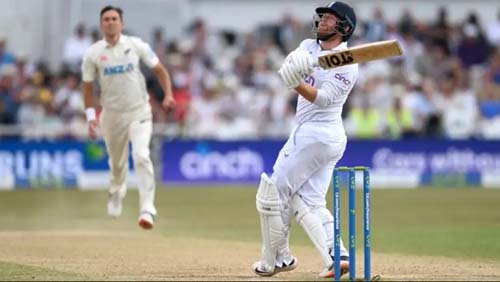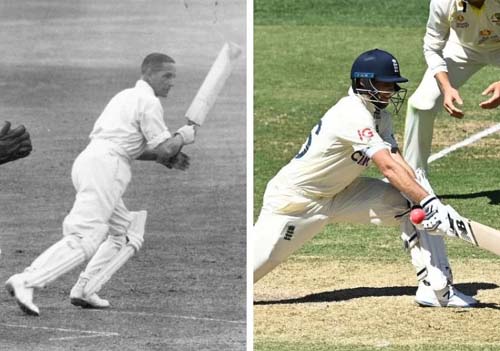
Cricket’s administrators seem bent on pushing Test cricket to the margins
Covert Report
When Jonny Bairstow played a miraculous innings to help England claim a stirring victory on the final day of the Trent Bridge Test, it confirmed Ben Stokes’ previously stated thoughts on captaincy.
Stokes said that England needed to be more attacking. As much as a failure of technique under Joe Root’s dubious leadership, it was a positive team attitude that England were mostly lacking.
It provided a foreshadowing of what future players and fans could miss out on if the words of the ICC’s chair, Greg Barclay, are proved prophetic. In an interview earlier this month Barclay said, “There’s not a lot we can do”, when asked about the rapid expansion of T20 leagues around the world.

If players believe Test cricket is the pinnacle, they need to call for a summit on its future
In expounding on his theory, Barclay reckoned bilateral cricket would suffer at the hands of the popularity of T20. This is both an indifferent and financial view more than one of balance: if T20 cricket prospers, then, according to administrators, it’s the longer forms of the game that must automatically suffer.
This underlines the major problem with most cricket adminisrators – they largely pay lip service to the opinion of current and retired players. To evolve with a positive purpose, cricket administrations should be working closely with FICA, the umbrella body of the international players’ associations, but they aren’t. For instance, India, by far the largest cricket nation, disturbingly doesn’t even have a players’ association.
When Australia’s women’s captain, Meg Lanning, rebutted Barclay’s statement, she said, “We want to be ambitious.” Cricket administrations are anything but ambitious; they slavishly follow the money trail and often shun moves that could be made in the best interests of the game.
Long ago cricket’s administrators should have organised an inclusive debate so the game planned properly for its future. The playing of the game is always dependent on current players and fans, not the older variety. If the modern version of Test cricket involves fewer playing days and a more attacking approach, to provide entertainment, then the older brigade shouldn’t be weeping and wailing.
Cricket has to provide the public with a variety of styles so fans have a choice. However, the players should also have a say in what type of cricket provides the best entertainment, and then it’s up to the administrators to properly sell each product.
Top-level cricket is a professional game but it’s still administered in a very amateur fashion. The basis of cricket administration often rests on platforms that are weary from age. The game has long been a reactive, knee-jerk product heavily dependent on the media, and the fans generally receive the type of game those people prefer.
This has resulted in administrators programming more and more T20 cricket, with the longer formats naturally squeezed. All this despite many young cricketers saying publicly that Test cricket is the pinnacle, and many fans being spectacularly entertained by the deeds of the more enterprising players.
Test- and 50-over cricket are both very good games, entertaining if they are well played. However, rather than spending time with cricketers to find the best way to present their products, administrators have reacted with financial best interests uppermost in mind.
Consequently there’s more T20 cricket, greater emphasis on power, along with a ludicrous combination of better bats and shorter boundaries. Often bowlers are an after-thought, virtually being left to “try and figure it out”.
If the likes of Barclay have their way, more T20 cricket will be programmed. If that occurs, it will mean eventually young players are virtually forced to choose a technique that provides for a lucrative T20 contract rather than aiming for a sound all-round game.
